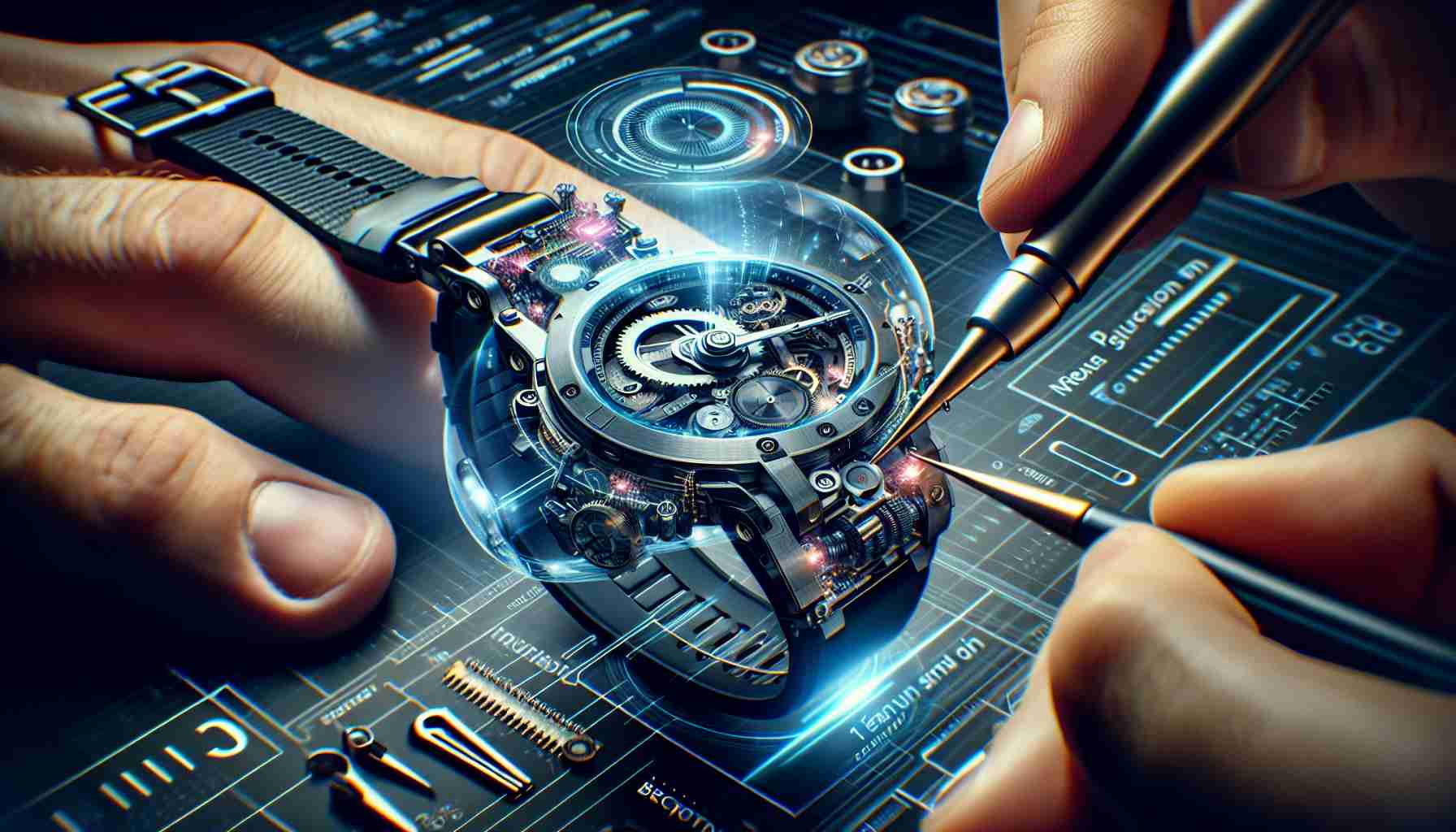Pankaj Kumar, hailing from the prestigious Indian Institute of Information Technology, Allahabad (IIIT-A), is making significant strides in the field of biomedical engineering with the development of a pioneering smartwatch. This innovative device is crafted with the primary aim of monitoring vital health parameters like pulse rate, blood pressure, and temperature with noteworthy precision, potentially exceeding 95%.
The smartwatch stands out as a health sentinel that not only gauges biological metrics but also sends swift alerts in critical situations. The user-friendly interface showcases readings on an LED display and offers the convenience of real-time data access through smartphone integration.
Although Kumar champions the device’s precision, citing its reliance on multiple sensors for its diagnostic prowess, it is important to recognize that the smartwatch is yet to undergo medical certification and rigorous scientific validation. Since its inception in 2018, the quest for refinement is persistent, with an expected completion by 2025.
Kumar elucidates his vision of the device transforming into a comprehensive medical ally, capable of monitoring a suite of basic health indicators and maintaining a connection with both the patient’s physician and kin. Presently in its prototyping phase, the pursuit of excellence continues, with aspirations for commercial production contingent upon achieving desired levels of reliability and accuracy.
Important Questions and Answers:
What sets this smartwatch apart from existing smartwatches in the market?
The smartwatch developed by Pankaj Kumar is designed to monitor health parameters such as pulse rate, blood pressure, and temperature with exceptional accuracy, potentially exceeding 95%. This precision, coupled with the device’s ability to alert users in critical health situations, sets it apart from many existing smartwatches.
Has the smartwatch developed by Pankaj Kumar been medically certified?
As of now, the smartwatch has not undergone medical certification or rigorous scientific validation. This certification is crucial for ensuring the device’s reliability and accuracy in medical applications.
What are the goals for this smartwatch upon completion?
Upon completion, the goal for this smartwatch is to serve as a comprehensive medical ally. It aims to monitor a wide range of health indicators and maintain connections to the patient’s healthcare professionals and family members.
Key Challenges or Controversies:
– Medical Certification: Gaining medical certification is a major challenge. This involves a series of rigorous testing to meet health industry standards, which can be a lengthy and complex process.
– Accuracy and Reliability: Achieving high levels of accuracy and reliability in health monitoring devices is challenging. Continuous refinement and testing are required, which can be both time-consuming and expensive.
– Data Privacy: With healthcare devices becoming smarter and more connected, there is an ongoing concern about patient data privacy. Safeguarding personal health information is of utmost importance and can be controversial if not handled correctly.
Advantages and Disadvantages:
Advantages:
– Real-time health monitoring can be life-saving in emergency situations.
– Improved accuracy over existing health-monitoring smartwatches.
– Integration with smartphones makes it user-friendly.
– Can foster better communication between patients and healthcare providers.
Disadvantages:
– The path to medical certification can be difficult and may delay market entry.
– Dependence on technology might induce anxiety in some users about their health.
– Potential risk of data privacy breaches.
– As a sophisticated health-monitoring device, the cost might be prohibitive for some users.
Related Links:
For information on health monitoring technologies, related news, and advancements, consider visiting the following websites:
– World Health Organization (WHO)
– U.S. Food and Drug Administration (FDA)
– Institute of Electrical and Electronics Engineers (IEEE)
Please note that there are no specific URLs to the main domain mentioned in the provided article; the links above are commonly referenced in the context of medical devices and certification processes.
The source of the article is from the blog karacasanime.com.ve
